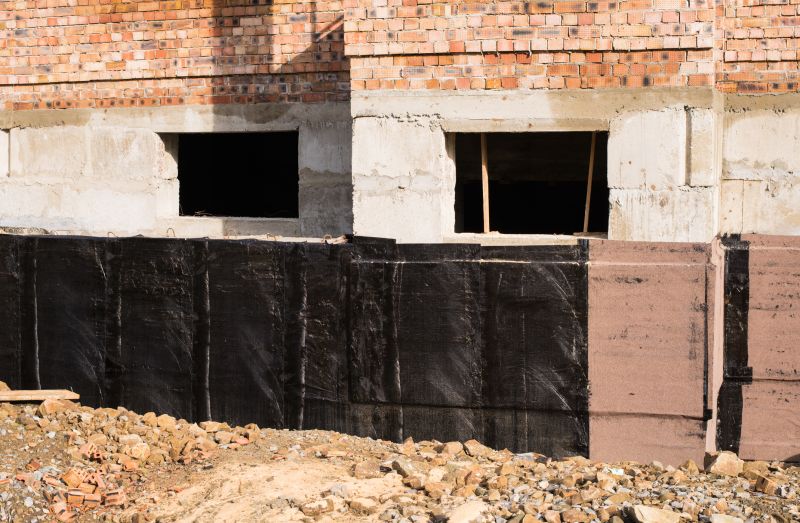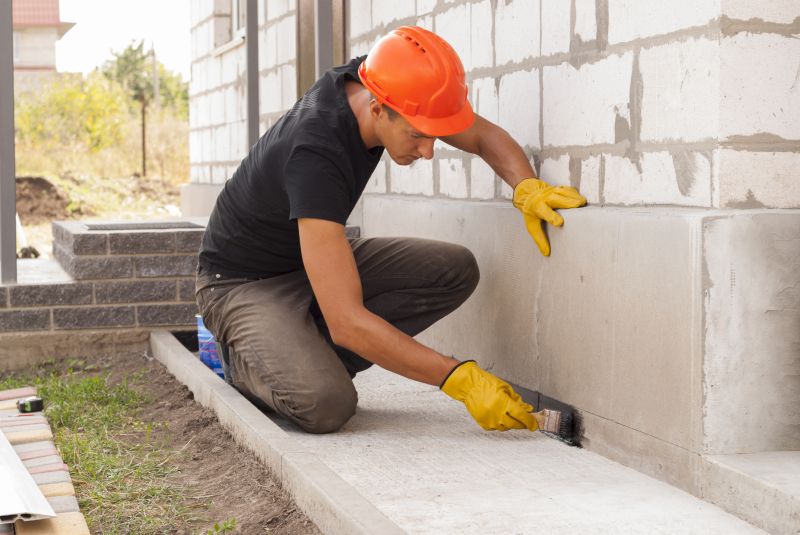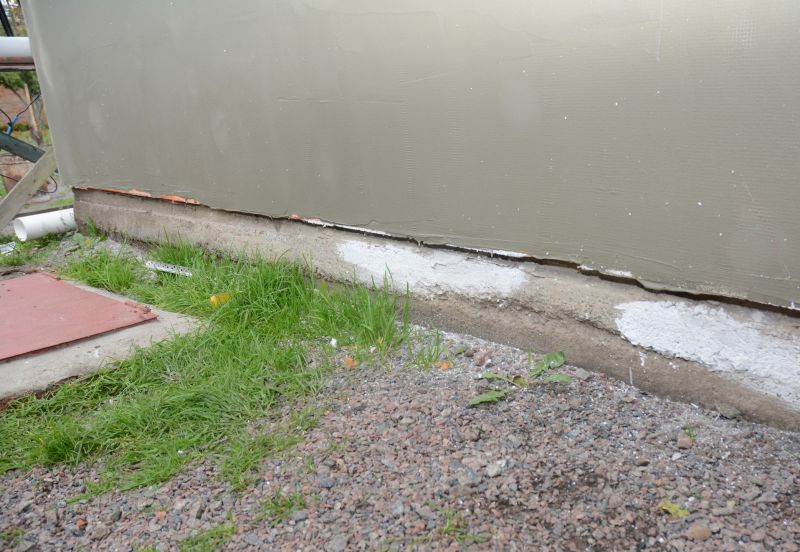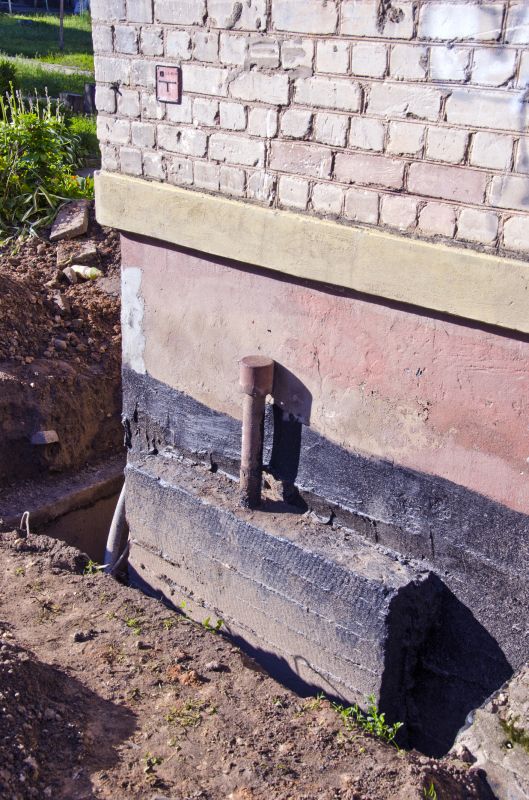Best Seasons for Foundation Repairs
Foundation repairs are most effectively performed during specific weather conditions and seasons. Optimal timing depends on climate, soil conditions, and temperature fluctuations. Typically, dry and moderate weather periods are preferred to ensure proper curing and stabilization of repair materials.
Spring offers moderate temperatures and less extreme weather, making it suitable for foundation repairs. It allows for effective curing and minimizes delays caused by rain or cold temperatures.
Summer provides longer daylight hours and warmer temperatures, which can accelerate curing processes. However, excessive heat and drought conditions may pose challenges.
Fall often features cooler, stable weather, ideal for foundation work. It provides a window before winter sets in, reducing the risk of frost-related issues.
Winter is generally unsuitable for foundation repairs due to freezing temperatures, snow, and ice. These conditions hinder curing and can cause additional soil movement.

Spring weather allows for effective foundation stabilization and minimal weather-related delays.

Warm summer months can facilitate quicker curing, but care must be taken during extreme heat.

Fall provides stable conditions ideal for foundation repairs before winter arrives.

Ways to make Foundation Repairs work in tight or awkward layouts.

Popular materials for Foundation Repairs and why they hold up over time.

Simple add-ons that improve Foundation Repairs without blowing the budget.
| Season | Optimal Conditions |
|---|---|
| Spring | Moderate temperatures, less rain, ideal for curing and stabilization. |
| Summer | Warmer weather, longer days, but watch for excessive heat. |
| Fall | Cooler, stable weather, suitable before winter. |
| Winter | Freezing temperatures and snow, generally unsuitable for repairs. |
| Soil Moisture | Optimal when soil is neither too wet nor too dry to prevent shifting. |
Foundation repairs are essential for maintaining structural integrity and preventing further damage. They can address issues such as settling, cracking, and shifting caused by soil movement, moisture changes, or aging. Proper timing ensures that repairs are durable and effective, reducing the risk of recurring problems. Seasonal considerations play a crucial role in the success of foundation stabilization efforts, with dry and moderate weather conditions offering the best environment for effective work.


